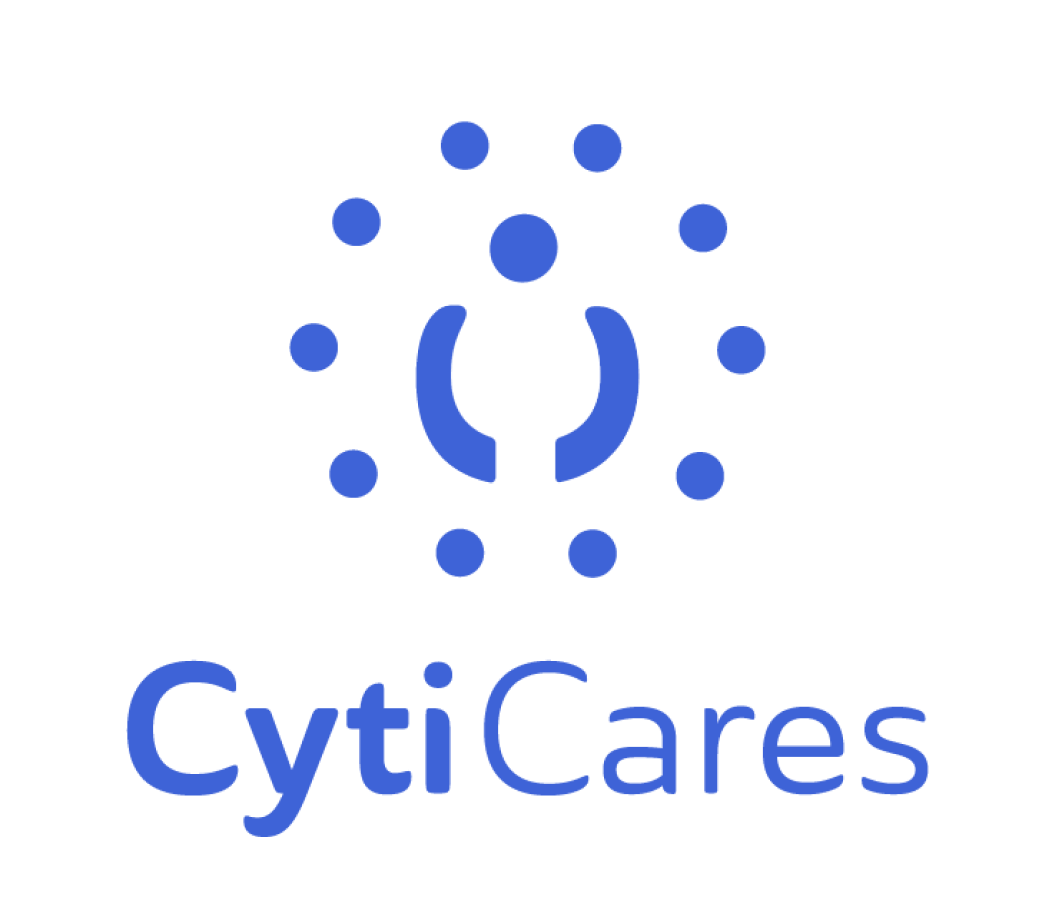Attention Deficit Hyperactivity Disorder (ADHD) affects millions of people worldwide, causing challenges in various aspects of their lives. Seeking effective therapy is crucial for managing ADHD symptoms and improving daily functioning. Two prominent therapeutic approaches for ADHD are Dialectical Behavior Therapy (DBT) and Combination Therapy. This article aims to explore the differences, benefits, and considerations for individuals seeking therapy to help them make informed decisions about their treatment journey.
Understanding Dialectical Behavior Therapy (DBT)
Dialectical Behavior Therapy (DBT) was originally developed to treat borderline personality disorder but has shown promise in helping individuals with ADHD manage their symptoms. DBT emphasizes mindfulness, emotional regulation, distress tolerance, and interpersonal effectiveness. It equips individuals with essential skills to handle impulsive behaviors, emotional dysregulation, and improve their relationships.
Benefits of DBT for ADHD
– Mindfulness Techniques: DBT teaches individuals to become more aware of their thoughts, emotions, and behaviors, fostering better attention and focus.
– Emotion Regulation: Learning to regulate emotions can help reduce emotional reactivity and impulsivity often experienced by those with ADHD.
– Coping Strategies: DBT equips individuals with practical coping skills to handle stress and daily challenges, enhancing their ability to stay organized and on track.
– Interpersonal Skills: Improved interpersonal effectiveness can lead to healthier relationships and support systems, which are essential for managing ADHD.
Understanding Combination Therapy
Combination therapy involves integrating multiple therapeutic approaches to create a comprehensive treatment plan tailored to an individual’s specific needs. It typically combines evidence-based therapies like behavioral therapy, cognitive-behavioral therapy (CBT), medication, and other interventions to address various aspects of ADHD.
Benefits of Combination Therapy for ADHD
– Holistic Approach: By addressing multiple dimensions of ADHD, combination therapy provides a well-rounded and personalized treatment experience.
– Targeting Comorbidities: Many individuals with ADHD also have comorbid conditions like anxiety or depression. Combination therapy allows simultaneous treatment of these conditions.
– Individualization: Therapists can customize the treatment plan based on an individual’s unique strengths, challenges, and preferences.
– Long-term Outcomes: Combining therapies can lead to more sustained and comprehensive improvements in ADHD symptoms and overall functioning.
Comparing DBT and Combination Therapy for ADHD
Focus and Emphasis
– DBT: Primarily focuses on emotional regulation, mindfulness, and interpersonal skills.
– Combination Therapy: Addresses a broader range of issues, including behavioral challenges, executive function deficits, and comorbidities.
Skill Building
– DBT: Offers specific skill-building exercises for emotional and impulse control.
– Combination Therapy: Provides a wide array of skills targeting various ADHD-related difficulties.
Comorbid Conditions
– DBT: May not directly address comorbidities, requiring additional interventions for comprehensive care.
– Combination Therapy: Allows simultaneous treatment of comorbid conditions, reducing the risk of untreated comorbidities affecting ADHD management.
Personalization
– DBT: Provides a structured approach but may not suit every individual’s needs and preferences.
– Combination Therapy: Allows customization to address specific challenges and preferences, increasing treatment effectiveness.
Both Dialectical Behavior Therapy (DBT) and Combination Therapy offer valuable tools for individuals seeking therapy to manage their ADHD symptoms effectively. While DBT emphasizes emotional regulation and mindfulness, Combination Therapy provides a holistic approach addressing various aspects of ADHD and comorbidities. The decision between DBT and Combination Therapy should be based on individual needs, treatment goals, comorbidities, and personal preferences. It is essential to work closely with qualified therapists to design a tailored treatment plan that maximizes the potential for positive outcomes and improved quality of life.








